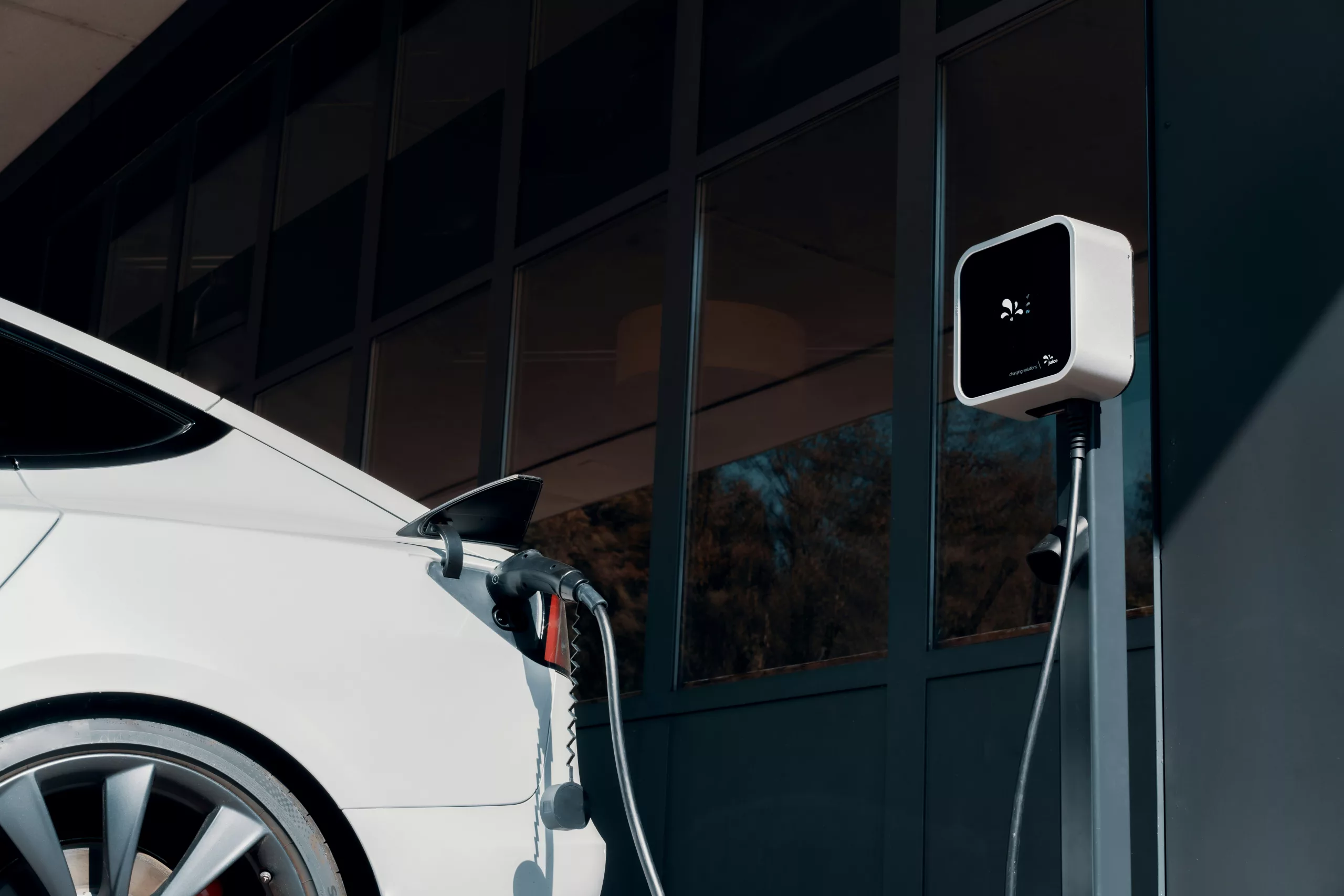As electric vehicles (EVs) surge in popularity, a detailed report from the National Renewable Energy Laboratory sheds light on the anticipated distribution and charging requirements for the 33 million EVs predicted to be on American roads by the year 2030. An estimated 60% of these eco-friendly rides are expected to call suburban neighborhoods home.
Diverse Charging Needs Across Different Communities
Not all EV owners will have the same charging needs, as geographic location plays a significant role in determining the kind of charging infrastructure required. While urban dwellers are forecasted to rely heavily on public DC fast chargers for about 40% of their charging, those in suburban and rural settings will predominantly depend on Level 1 (L1) and Level 2 (L2) chargers installed in private residences, satisfying 82% and 64% of their EV charging needs respectively.
The Importance of L1 and L2 Chargers in the EV Landscape
Even though the buzz often centers around the speed of DC fast charging stations, the real workhorses of the transition to EVs are likely to be the less talked about L1 and L2 chargers. These chargers are essential to cater to the EV owners who may not have quick access to public charging infrastructure and favor the convenience of home charging.
Understanding Different Levels of EV Charging
- Level 1 (L1) Charging: This category includes the standard 120V AC charging that you can get from a typical household outlet in the United States.
- Level 2 (L2) Charging: A notch higher, L2 charging makes use of a 240V AC source similar to that required by a household electric dryer.
- DC Fast Charging: Analyzed in the report are chargers with 150 kW or greater capacities for quick energy replenishment of EV batteries.
Notably, lower-powered DC charging (50 kW) is not part of the study’s primary analysis, with expectations that consumer preference will lean towards the fastest charging available and that by 2030, EV batteries will be designed to accommodate at least 150 kW for optimal performance.
The insights from this report underscore the necessity for a diverse and strategically planned EV charging network that encompasses varied charging solutions across urban, suburban, and rural landscapes to support the broad adoption of EVs in the coming decade.
